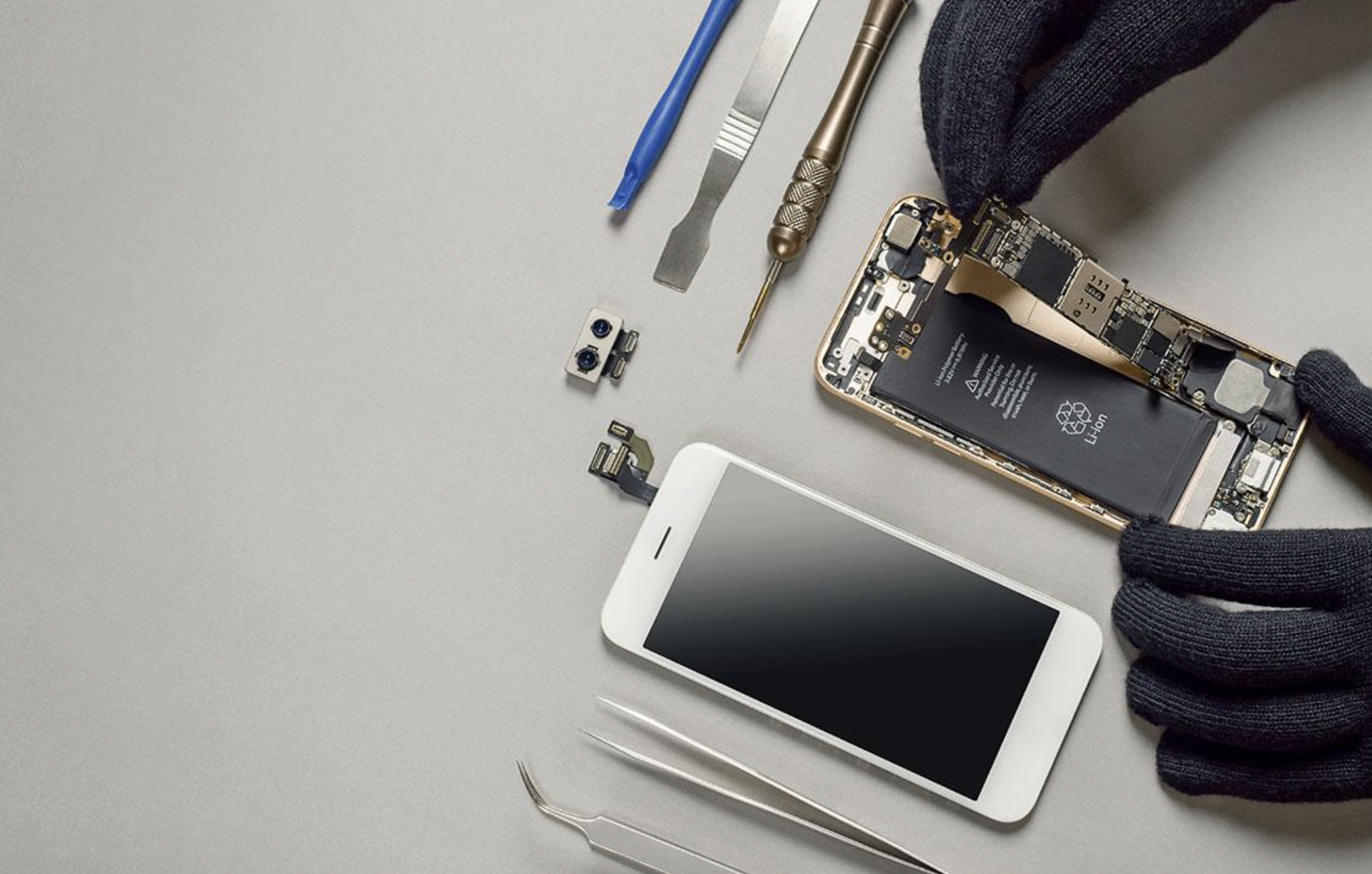The Waste Electrical and Electronic Equipment (WEEE) Directive (2012/19/EU) aims to reduce the environmental impact of WEEE by encouraging separate collection and recycling of such waste. The directive establishes targets for WEEE collection, treatment, and recovery and imposes obligations on producers, distributors, and end-users to contribute to these efforts. The WEEE Directive also restricts the use of certain hazardous substances in electronic equipment and encourages the design of such equipment to make recycling and recovery easier.
Background and purpose of the WEEE Directive
The Waste Electrical and Electronic Equipment (WEEE) Directive (2012/19/EU) was established to reduce the negative impact of waste electrical and electronic equipment (WEEE) on the environment. The directive aims to promote the separate collection, treatment, and recycling of WEEE and reduce the amount of WEEE going to landfills.
The purpose of the WEEE Directive is to encourage the environmentally-friendly design, production, and disposal of electronic equipment while promoting the reuse and recovery of valuable materials. The directive places responsibilities on producers, distributors, and end-users to contribute to these efforts and sets targets for collecting and treating WEEE. Additionally, the directive restricts the use of certain hazardous substances in electronic equipment to reduce the negative impact of WEEE on human health and the environment.
The Waste Electrical and Electronic Equipment (WEEE) Directive (2012/19/EU) has the following aims:
Reduce the environmental impact
The Waste Electrical and Electronic Equipment (WEEE) Directive (2012/19/EU) aims to reduce the environmental impact of waste electrical and electronic equipment (WEEE). The directive encourages separate collection and recycling of WEEE to minimize waste, conserve natural resources, and prevent hazardous substances from entering the environment. Furthermore, the directive promotes environmentally friendly electronic equipment design and production and the reuse and recovery of valuable materials contained in WEEE.
Encourage environmentally-friendly design
Encouraging environmentally-friendly design is another objective of the WEEE Directive (2012/19/EU). The directive aims to promote the design of electronic equipment to reduce its environmental impact throughout its entire lifecycle, from production to disposal. This includes reducing the use of hazardous substances, increasing the ease of recycling, and maximizing the recovery of valuable materials. By promoting environmentally-friendly design, the WEEE Directive aims to reduce the negative impact of electronic waste on human health and the environment.
Promote the reuse and recovery of valuable materials
The directive’s goal is to ensure that valuable materials contained in waste electrical and electronic equipment (WEEE) are recovered and reused rather than wasted and disposed of. This contributes to the conservation of natural resources, the reduction of waste, and the promotion of sustainable production and consumption patterns. The WEEE Directive aims to reduce the negative environmental impact of electronic waste by encouraging the reuse and recovery of valuable materials.
Set targets for the collection and treatment of WEEE
WEEE directive helps set targets for the collection, treatment, and recycling of the electrical and electronic waste in the European Union. The WEEE Directive aims to reduce the amount of waste generated, promote the reuse of materials, and encourage the development of environmentally friendly technologies. It also places responsibilities on manufacturers and importers to finance the collection and treatment of their products at end-of-life.
Bottom line
The overall objective of the WEEE Directive is to promote sustainable production and consumption patterns and to protect human health and the environment from the negative impacts of waste electrical and electronic equipment.

